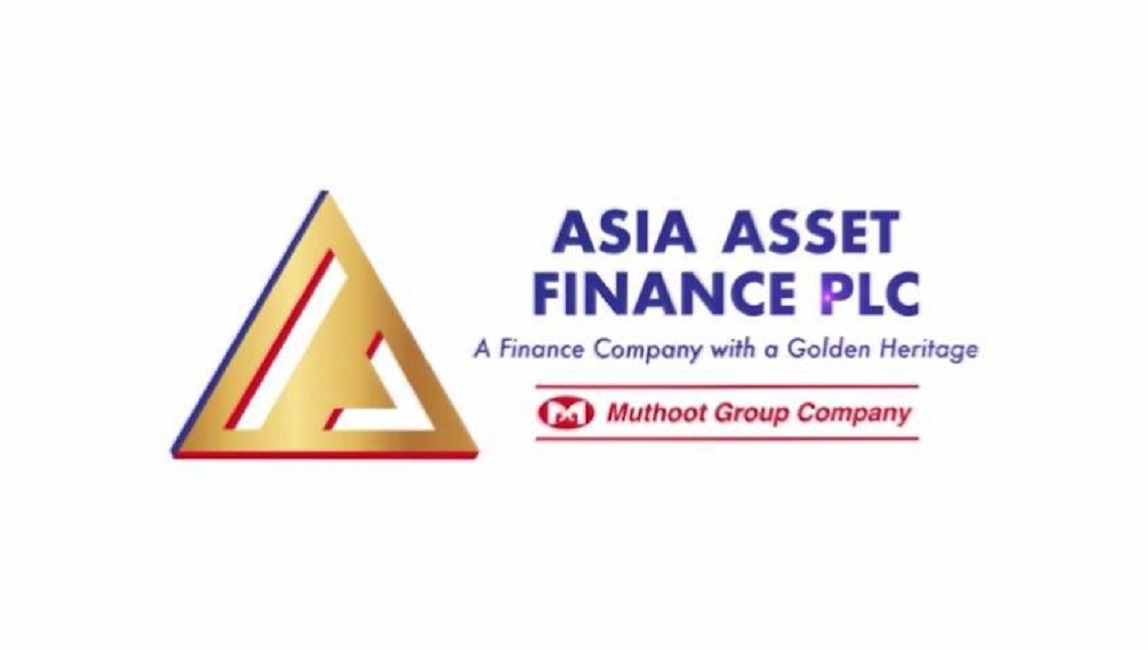Asia Asset Finance PLC (AAFP) has gained a stable outlook with resilience overcoming growth headwinds in Covid-19 environment, leading Credit Rating Agency ICRA Lanka Limited affirmed.
It has revised the outlook of Asia Asset Finance to BBB+ [Stable] from BBB+ (Negative) considering growth performance with capital, operational, financial, and managerial support from parent company Muthoot Finance Limited (MFL).
The outlook revision to “Stable” from “Negative” reflects the improvement of the parent entity’s rating and the additional support extended by the parent as well as the increase in exposure to asset backed lending, including gold loans.
Further, ICRA Lanka noted that while the capital adequacy ratios of AAFP remain adequate, buffer over minimum capital requirement (set by the CBSL) remains modest.
Further, the company is required to have a minimum core capital requirement of LKR 2.5 billion by January 2022, which is likely to be met through internal generation and capital infusion by the parent company, ICRA Lanka noted.
With the company’s solid asset base and the continuous support of MFL in regaining glitter in the gold loan business has become more resilient in the competition, thus expanding its gold loan base to LKR 6.5 billion, Chief Executive Officer of AAFP Rajiv Gunawardena said.
The company recorded tangible net worth of LKR 1,991 million and reported net worth of LKR 2,189 million respectively as of December 2020, which was close to minimum regulatory core capital requirement of LKR 2 billion by January 2021, he revealed.
The parent entity aims to provide a capital infusion of LKR 500 million in Q1 of FY 2022 followed by another capital infusion of LKR 300 million within the next year.
Going forward, with the expected expansion in the gold loan portfolio, AAF expects to further reduce the dependency on public funds and improve the long-term funding sources such as debentures, term loans from banks, and securitised borrowings.
ICRA Lanka revealed that AAFP has a fairly diversified funding profile comprising retail fixed deposits, debentures, term loans from banks, and securitised borrowings.
The funds from fixed deposits have moderated over the years with 50% of the funding base consisting of fixed deposits as in December 2020 in comparison to 52% in March 2020, 57% in March 2019.
